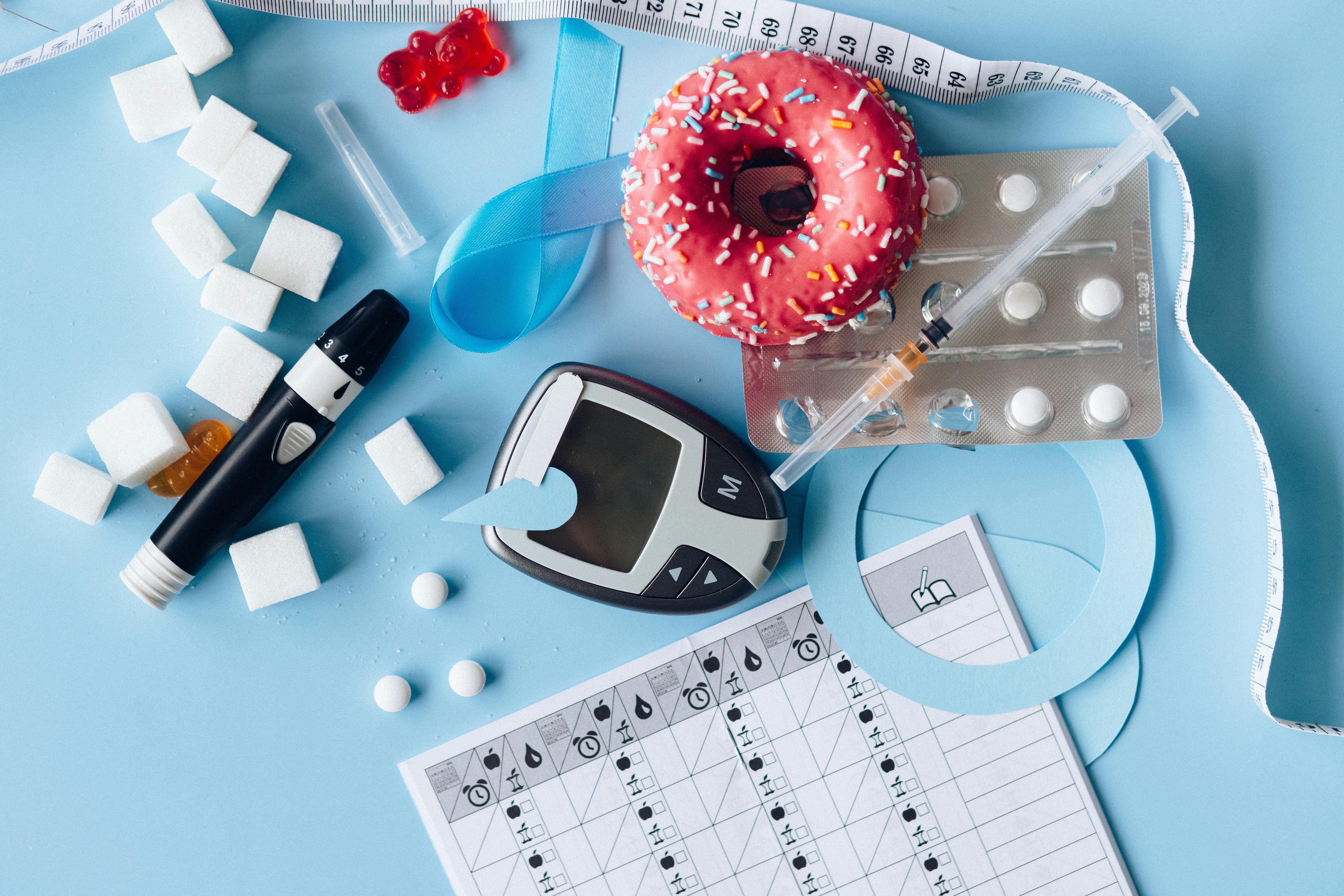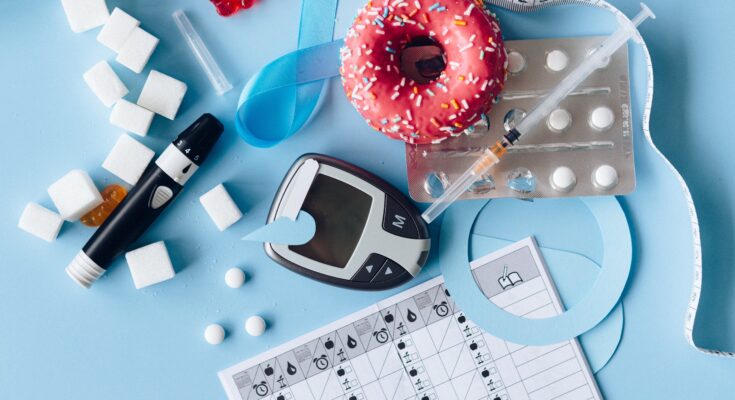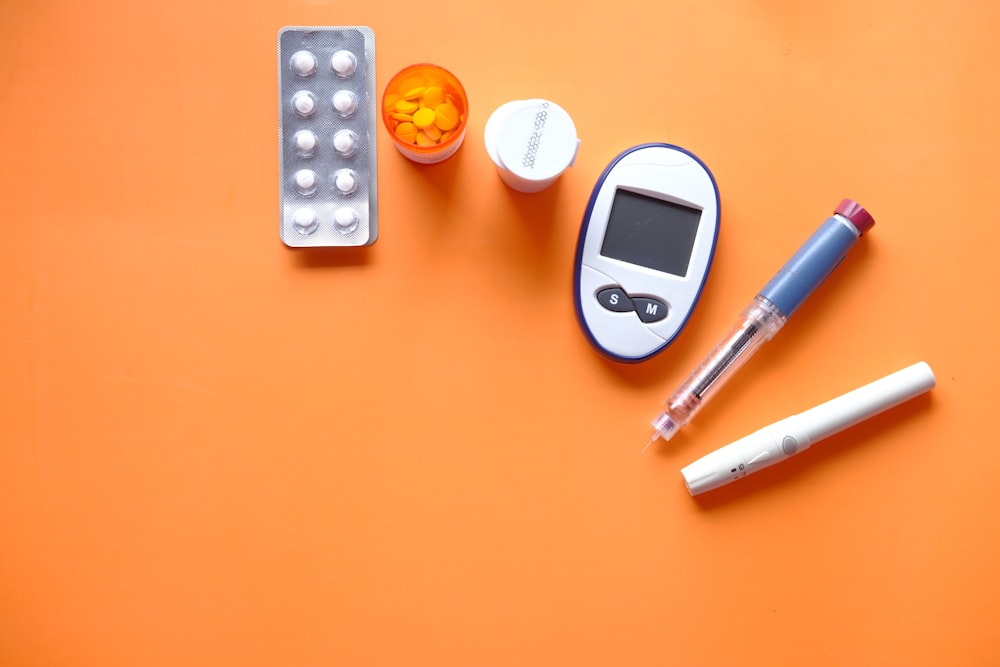Common Medical Condition: Comprehensive Guide
Hypertension, commonly referred to as high blood pressure, is a prevalent common medical condition characterized by elevated pressure within the arteries. It is a major public health concern, affecting millions of individuals globally and contributing to a heightened risk of cardiovascular complications, such as heart disease, stroke, and kidney disorders. Understanding the causes, risk factors, symptoms, diagnosis, and management of hypertension is essential for promoting awareness, prevention, and effective management of this widespread medical condition.
This guide will help you in understanding your health in a better way. It will showcase how the prevalent diseases affect your health. These diseases can be hazardous. You must be aware of their workings. We all know that prevention is better than cure. You can easily tackle the common diseases which usually disrupt your daily life. The best possible way to do so is by knowing about these diseases. The scientific knowledge is the proper way to deal with these diseases. This helps you in many ways. You can trace the causes and symptoms of these diseases. This also leads in tracking many chronic diseases in its initial stages. Our guide is prepared in a such way that your lifestyle will not be affected by diseases which are common. We have covered you in every way. This is a comprehensive guide you must read for a better life.
The Basics of Hypertension: Common Medical Condition
Image via Unsplash.com
Hypertension is a chronic medical condition characterized by persistently elevated blood pressure levels, typically measured as systolic blood pressure (when the heart beats) over diastolic blood pressure (when the heart relaxes).
Types and Categories of Hypertension:
There are two primary types of hypertension: primary (essential) and secondary hypertension. Primary hypertension accounts for the majority of cases and arises gradually over time without a specific identifiable cause. Secondary hypertension, in contrast, is linked to underlying conditions, such as kidney disease, hormonal disorders, or medications.
Risk Factors and Causes: Common Medical Condition
Numerous factors contribute to the development of hypertension, including genetic predisposition, lifestyle choices, and underlying medical conditions. Common risk factors include a family history of hypertension, advanced age, a sedentary lifestyle, unhealthy dietary habits (e.g., high sodium intake, excessive alcohol consumption), obesity, chronic stress, and certain medical conditions, such as diabetes and chronic kidney disease.
Symptoms and Complications:

Image via Pexels.com
Hypertension is often described as a “silent killer” due to its asymptomatic nature in the early stages. Many individuals with untreated hypertension may not experience noticeable symptoms until it progresses to a severe level, leading to complications such as chest pain, headache, shortness of breath, visual changes, and dizziness. Long-term uncontrolled hypertension can result in serious complications, including heart attack, stroke, heart failure, peripheral artery disease, and kidney damage.
Diagnosis and Screening: Common Medical Condition
Regular blood pressure monitoring is essential for the early detection of hypertension. Healthcare providers utilize blood pressure measurements, medical history assessments, and physical examinations to diagnose and classify hypertension. Additionally, diagnostic tests, such as blood tests, electrocardiograms, and imaging studies, may be recommended to evaluate potential underlying conditions that contribute to high blood pressure.
Management and Treatment:
Image via Unsplash.com
The management of hypertension encompasses lifestyle modifications, medication therapy, and regular monitoring to achieve and maintain healthy blood pressure levels. Lifestyle changes, including dietary modifications (e.g., reducing sodium intake, emphasizing a plant-based diet), regular physical activity, weight management, stress reduction, and smoking cessation, are pivotal in managing hypertension.
Prevention and Proactive Health: Common Medical Condition
Preventing hypertension and mitigating its risks involve adopting a proactive approach to cardiovascular health. Proactive measures include regular monitoring of blood pressure, routine medical check-ups, adherence to a heart-healthy diet, engaging in regular physical activity, maintaining a healthy weight, moderating alcohol consumption, managing stress, and refraining from tobacco use. Health education and community outreach programs play a key role in promoting awareness and empowering individuals to take control of their cardiovascular health.
Patient Education and Support:
Image via Unsplash.com
Patient education and support mechanisms are vital in empowering individuals with hypertension to make informed decisions regarding their health. Understanding the implications of hypertension, optimal management strategies, medication adherence, and lifestyle modifications fosters patient engagement and promotes positive health outcomes. Additionally, support networks, resources, and access to healthcare professionals contribute to a comprehensive and patient-centered approach to managing hypertension.
In conclusion, hypertension is a prevalent medical condition with far-reaching implications for cardiovascular health. Fostering understanding, awareness, and proactive management of hypertension is helpful. By doing so individuals can mitigate their risk of associated complications and improve their overall cardiovascular well-being. Promoting preventive measures, lifestyle modifications, early detection, and effective treatment strategies are essential in addressing the global burden of hypertension and promoting heart-healthy living for individuals across diverse demographics and regions.
Diabetes: Common Medical Condition
A blood sugar (glucose) level that is too high results in diabetes. It arises when your body isn’t reacting to the effects of insulin appropriately. Or when your pancreas produces too little or no insulin at all. All types of diabetes are treatable with medicine and/or lifestyle modifications, and the majority are chronic (lifelong).
Types:
Type 2 diabetes: This condition is characterized by insufficient insulin production and/or abnormal insulin cellular response (insulin resistance). The most prevalent kind of diabetes is this one. Although it primarily affects adults, children can also be affected.
The period before Type 2 diabetes is known as prediabetes. Though they are higher than usual, your blood glucose levels are not high enough to receive a Type 2 diabetes diagnosis.
Symptoms:

Image via Pexels.com
Type 1.5 (LADA), type 2, and type 1 all have the same symptoms. Although type 1.5 manifests its symptoms later than type 2 does. Type 2 typically has a slower onset. In type 2, tingling nerves and slow-healing lesions are more prevalent.
Type 1 in particular might cause diabetic ketoacidosis if left untreated. At this point, the body’s ketone levels are dangerously high. Although less frequent, it is nonetheless possible in other kinds of diabetes.







